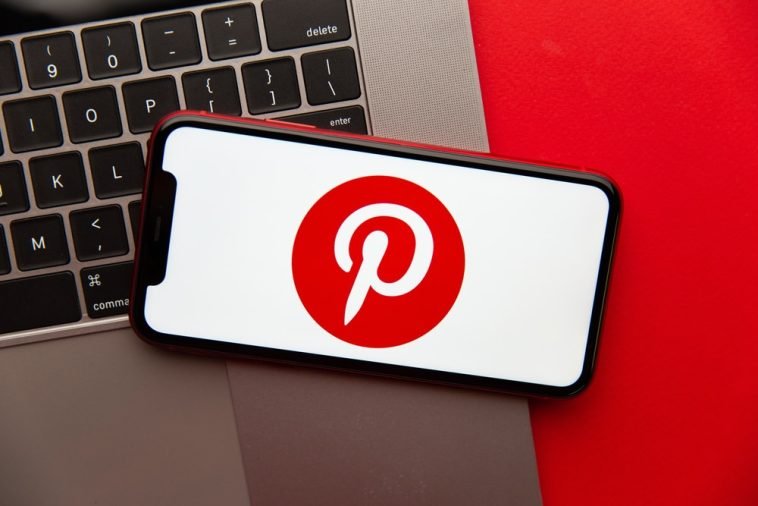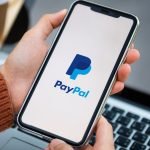Introduction.
If you’re selling digital products—things like printables, eBooks, templates, or online courses—and you’re not using Pinterest yet, you’re missing out on a huge opportunity.
Pinterest isn’t just a place for recipes or wedding ideas anymore. It’s one of the most underrated platforms for getting your digital products in front of people who are actually looking to buy them.
In fact, Pinterest is more of a search engine than a social media site, and people use it with the intent to find and buy. That’s what makes it such a powerful sales tool.
Let me walk you through how to use Pinterest in a way that feels natural, builds trust with your audience, and helps you sell your digital products without being salesy or pushy.
Why Pinterest Works So Well for Digital Products
Here’s the thing—Pinterest users are planners. They’re searching for ideas, tools, and solutions they can take action on. That action often leads to a purchase.
According to Pinterest’s own stats, 83% of weekly users have made a purchase based on content they saw from a brand. (source). That means your pins can turn into real income—if you know how to use the platform right.
Plus, Pinterest pins live way longer than a social media post. A tweet might last a few minutes. An Instagram post? Maybe 24 hours. But a pin? It can bring traffic and sales for months or even years.
How Do I Use Pinterest To Sell Digital Products?
Step 1: Know Your Audience
Before you pin anything, think about the kind of people who’d buy your product. What are they typing into Pinterest? What kind of problems are they trying to solve?
For example:
Selling a meal planner? Your audience might be searching for “easy meal prep ideas” or “how to save time cooking.”
Got Canva templates? They might be typing in “Instagram post ideas for small business” or “branding templates for entrepreneurs.”
Use Pinterest’s search bar like you would Google. Start typing, and it’ll show you what people are actually looking for. That’s keyword gold right there.
Step 2: Set Up Your Pinterest for Business
You’ll want a Pinterest Business account—not a personal one. It’s free and gives you access to analytics and Pinterest Ads later on if you want to run some promos.
Here’s how to set it up:
Go to Pinterest Business.
Click Join as a Business.
Fill out your info, add your profile photo or logo, and write a short description with keywords (so Pinterest knows what you’re about).
Claim your website. This helps link your pins back to your own store, blog, or landing page.
Enable Rich Pins (they pull in extra info like your product name or price automatically).
Step 3: Create High-Quality Pins That Actually Get Clicked
Now for the fun part—making pins.
You don’t need to be a designer. Just keep these tips in mind:
Pin Design Tips:
Use vertical images. Pinterest’s preferred size is 1000 x 1500 px.
Add text overlays. Tell people what they’ll get if they click. Example: “30-Day Meal Plan Printable” or “Editable Instagram Templates for Coaches.”
Stick to clear, readable fonts. No fancy script that’s hard to read on a phone.
Use bright, high-contrast colors. They catch the eye more than muted tones.
Brand your pins. Add your logo or website at the bottom so people remember you.
I use Canva (the free version is plenty) to design all my pins.
How many pins should you create?
For every product, I create 5–10 different pins with different designs, keywords, and messages. That way I can test which ones perform best over time.
Step 4: Use Keywords the Right Way
Pinterest works a lot like Google, so you need to use the right keywords to help people find your pins.
Here’s where you should be putting keywords:
Pin title
Pin description
Board title
Board description
Your profile bio
Again, go straight to the Pinterest search bar, type in a word related to your product, and note the suggestions that pop up. Use those in your pins.
Let’s say you’re selling social media templates. Type that into Pinterest and you might see:
“social media templates for Instagram”
“editable social media templates”
“free social media templates for Canva”
Use those exact phrases in your pin descriptions and titles.
Step 5: Link Your Pins to the Right Place
Every pin should link directly to:
Your product sales page
Your Etsy shop
Your website
A landing page where they can sign up or buy
Don’t make people hunt around. The goal is to make the buying process smooth and direct.
And if you’re using a blog or freebie to warm people up first? That works too. Just make sure there’s a clear call to action once they land there.
Step 6: Be Consistent (But Don’t Burn Out)
Pinterest rewards consistency. But that doesn’t mean you have to post 30 pins a day.
Here’s what I do:
Pin 1–3 new pins a day, especially when launching a new product.
Re-pin older pins after a few months to keep them alive.
Schedule pins in advance with a free tool like Tailwind or use Pinterest’s own scheduler.
You don’t need to be on Pinterest every single day. Just keep the content flowing steadily.
Step 7: Track What’s Working (And What’s Not)
Once you’ve been pinning for a while, take a look at your Pinterest Analytics (you’ll see this if you have a business account).
Check:
Which pins are getting the most clicks
Which pins are leading to the most sales
What your audience is saving and interacting with
Once you know what works, make more of that type of content.
Bonus Tip: Use Idea Pins Strategically
Pinterest added a feature called Idea Pins—think of them as short story-like content (similar to Reels or TikToks). While they aren’t clickable, they’re good for building your brand, showcasing your product in action, or sharing helpful tips.
I don’t rely on them for direct sales, but they’re great for visibility and building trust.
FAQs
Can I sell digital products directly on Pinterest?
Not directly. Pinterest doesn’t have a built-in checkout. But you can link to your online shop, product page, Etsy store, or Gumroad/Shopify/Podia.
Do I need a website to sell on Pinterest?
Not necessarily. You can link your pins to an Etsy shop, Gumroad page, or even a product landing page through platforms like ConvertKit or MailerLite.
How long does it take to see results?
Some pins pick up traction in days, others take weeks. Pinterest is a long game—but once it starts working, it snowballs.
Is Pinterest still worth it in 2025?
Absolutely. Pinterest still drives a lot of organic traffic. And since many creators aren’t using it yet, there’s less competition compared to Instagram or TikTok.
Wrapping It Up
Selling digital products on Pinterest doesn’t have to be overwhelming. Start simple. Create great pins. Use keywords. Link to your shop.
Stay consistent. The platform can be a quiet powerhouse for your business if you treat it like the visual search engine it is.
What’s one digital product you’re excited to start promoting on Pinterest? Let me know—I’d love to help you brainstorm pin ideas for it.





GIPHY App Key not set. Please check settings